How to reduce & control e-commerce packaging costs
)
Published on January 13, 2021
)
Lowering operational costs is an enticing idea for many small business owners. Less money spent on operating means more money saved. Or better still, put back into the business.
But if you're selling a physical product, there are some costs you just can’t avoid.
One is obviously procurement of your product. The other is the medium used to sell it - if that's retail, you'll need a store; if it's online, you'll need a site. Marketing your product isn’t free either; then there are the staff that help you to do all over the above - yet another expense.
And all these things are the first places leaders look to save money: fewer people, a less costly web host, more efficient marketing or a cheaper product manufacturer.
But no matter what physical product you sell, there's one other consistent expense that's always, always, overlooked as a place to lower operating costs.
And that place is your packaging.
For growing and scaling brands, lowering packaging costs can often mean that growth is easier to achieve, and scaling requires less investment.
And this is why it’s one of the first places you should look to save a bit of cash, no matter what position your business is currently in.
In this article, you'll learn 7 points for better packaging, and how you can lower your packaging costs without sacrificing security or performance.
1. Be proactive rather than reactive
Chances are that you want to lower your ongoing costs because your costs are too high.
But rather than waiting for the worst, it's best to reduce your packaging costs when you’re not in a ‘do or die’ situation.

With the luxury of time on your side, your cost savings will be more effective, sustainable, and easier to implement.
Not to mention you won't have the added stress of needing to solve a problem! So in short, start thinking about saving on packaging costs immediately.
2. Packaging isn't just a box
Your packaging is more than just a simple box you put your products into when sending them off. If you're laser-focused on boxes, you'll lower your box costs - not your overall packaging costs.
What goes inside your box to keep the contents safe?
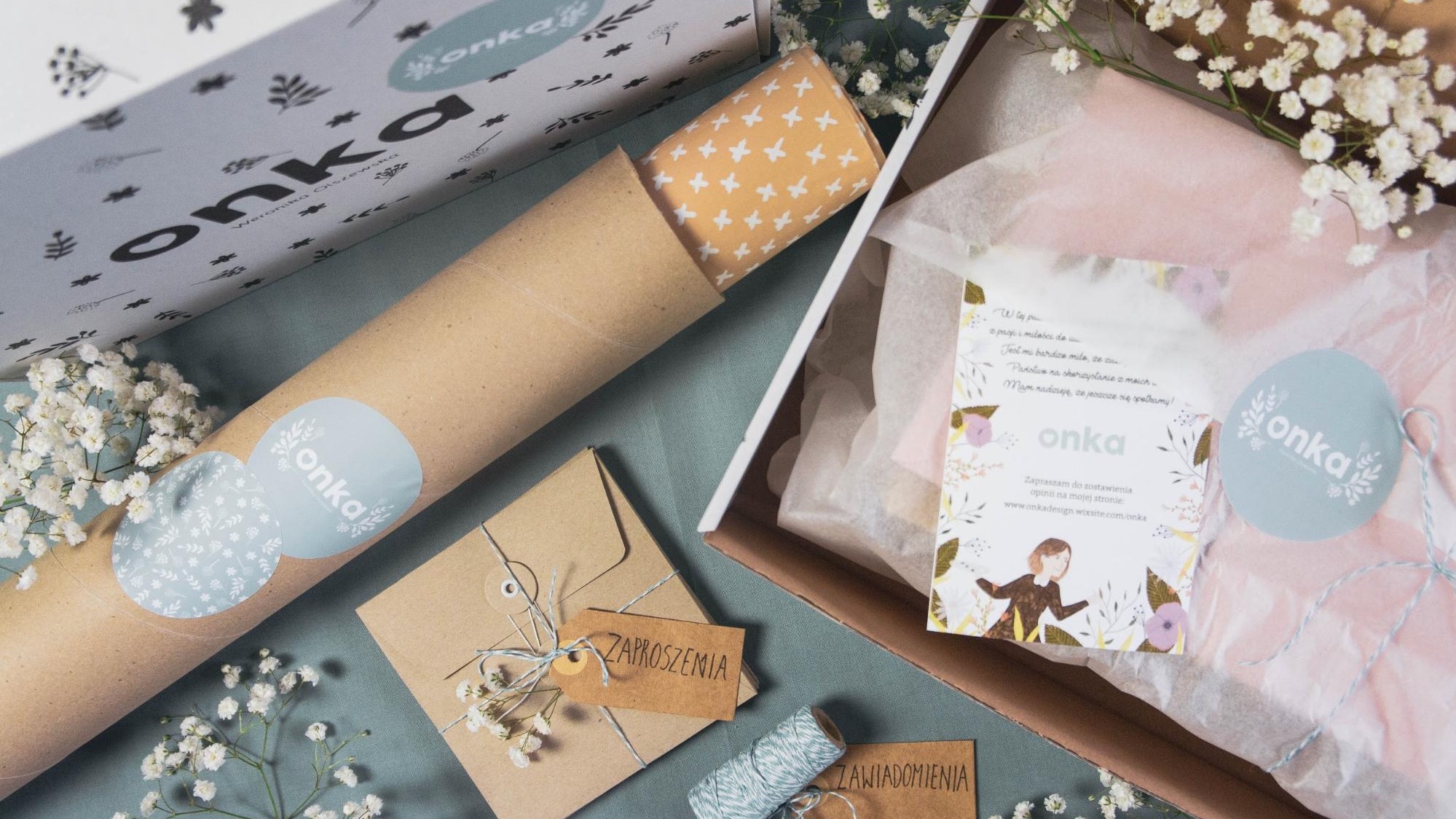
Tissue paper, kraft paper, packing peanuts, and other void filler are also packaging costs. (The fact that you need a product to fill up empty space inside a box is a sign of money being burned - more on this later.)
Also, consider physical things like tape, document pockets and mailing bags, and your e-commerce fulfilment process and courier services.
A quicker, more efficient fulfilment process means that you (or your team) will spend less time sending orders and have more time to focus on other things.
However, prioritizing the cheapest delivery service may save you money but cause headaches if their service is unreliable or hard to work with. Finding a courier service that’s reliable and easy for both you and your customer mightn’t be the cheapest option out there, but it adds value for everyone.
3. Use fewer suppliers
Tissue paper from here, boxes from there, packing tape from those guys, and invoice pockets from the corner store.
You might be getting the lowest price for each product, but what does it really cost you? Having to juggle orders from multiple vendors creates headaches and the potential to under order, over-order, or forget to order at all.
Building a long-term relationship with a single provider can help you bring costs down while also minimizing the chance of stock and order issues. It’s also easier for you to leverage economies of scale when all your products come from one supplier, rather than spread out over multiple.
Many packaging suppliers have unique ordering software that helps you keep track of your current packaging stock and automatically reorder when volumes get below a certain quantity.
Many of these platforms allow you to work with engineers and provide feedback about new prototypes, ideas, and redesigns of packaging. A single platform for a single point of contact with your end-to-end packaging supplier simplifies custom packaging in all its forms while keeping costs down.
4. Product substitution
Swapping out the humble corrugated mailer box for a smaller, more straightforward packaging solution is another quick and easy way to free up some cash.
Clothing that's flexible and durable doesn't need the weighty security of a cardboard box. Consider sending your apparel in a custom mailing bag.
Waterproof and durable, these bags are physically smaller, meaning you can save space in your warehouse or buy more. Using a mailing bag also means you don't need to use tape to seal a box closed.

In what seems like a complete contradiction of the previous point, a corrugated mailer box can be the ideal solution for brands selling both in stores and online.
A lightweight box should be enough to get a product from the mall back home, safe and securely.
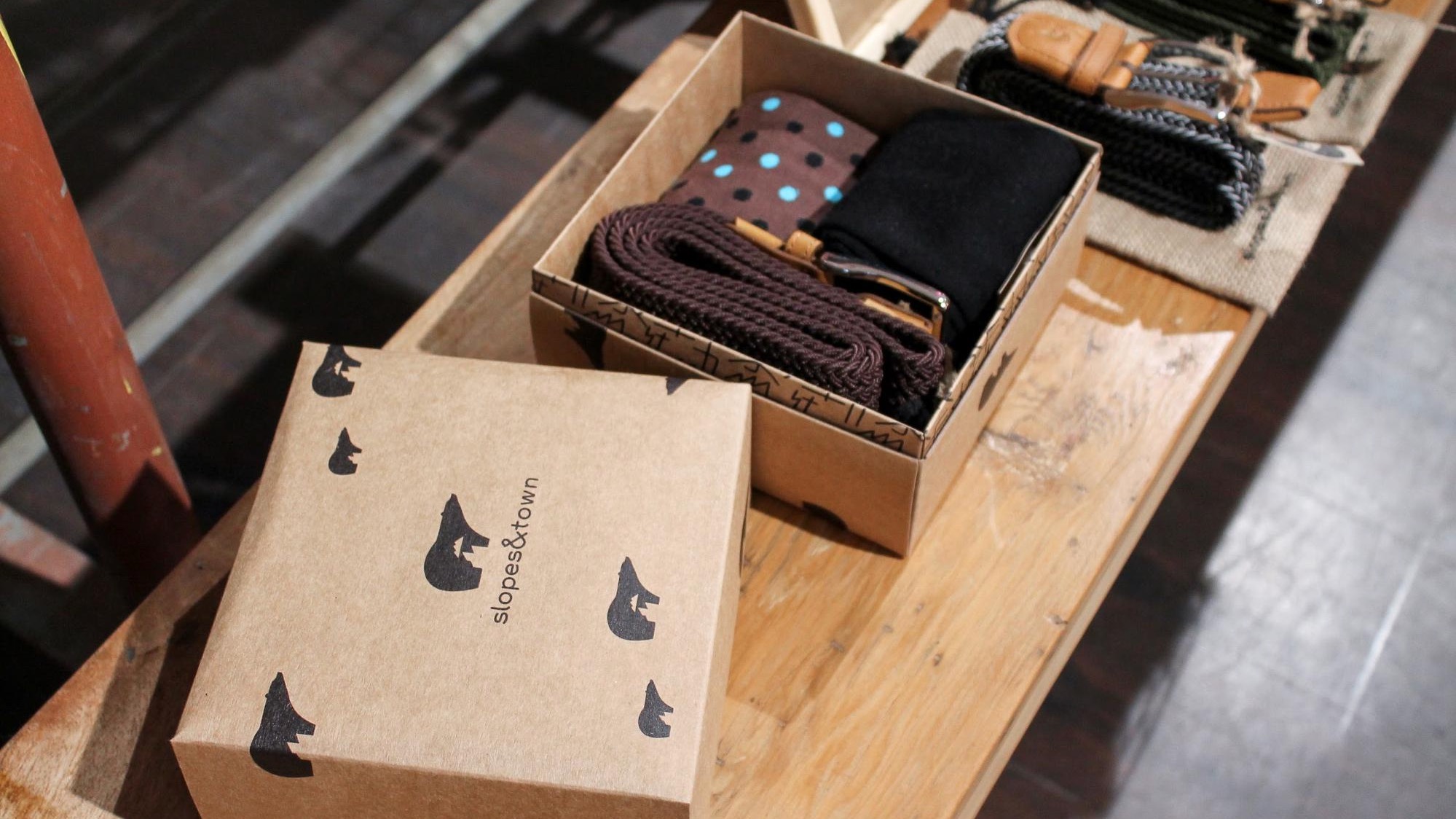
But if you're also selling online, the same lightweight box is an unnecessary expense. If you need a rugged packaging solution to send via a courier, why not use it in-store?
Luckily, corrugated mailer boxes are customizable in just about every way. They'll keep your products safe throughout the transport process, but also stand out on retail store shelves.

Smaller accessories like socks, wallets and gloves can benefit from smaller alternative packaging solutions, too. A paper can is entirely customizable, and small enough to save space and postage costs.
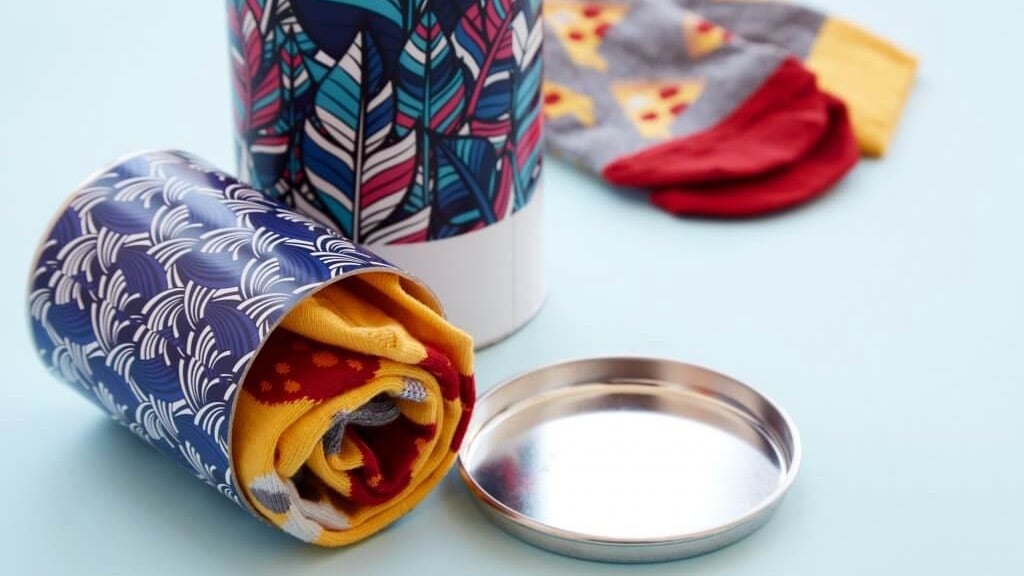
Ask yourself if a typical box is the most financially viable option for your business, or is it just the go-to solution that you opted for.
5. Document processes & protocols
Your staff are the ones that interact with your packaging more than anyone else. They take it from the shelf, fold it, fill it, and send it where it needs to go.
They do this many times a day. It may be the only thing they do all day.
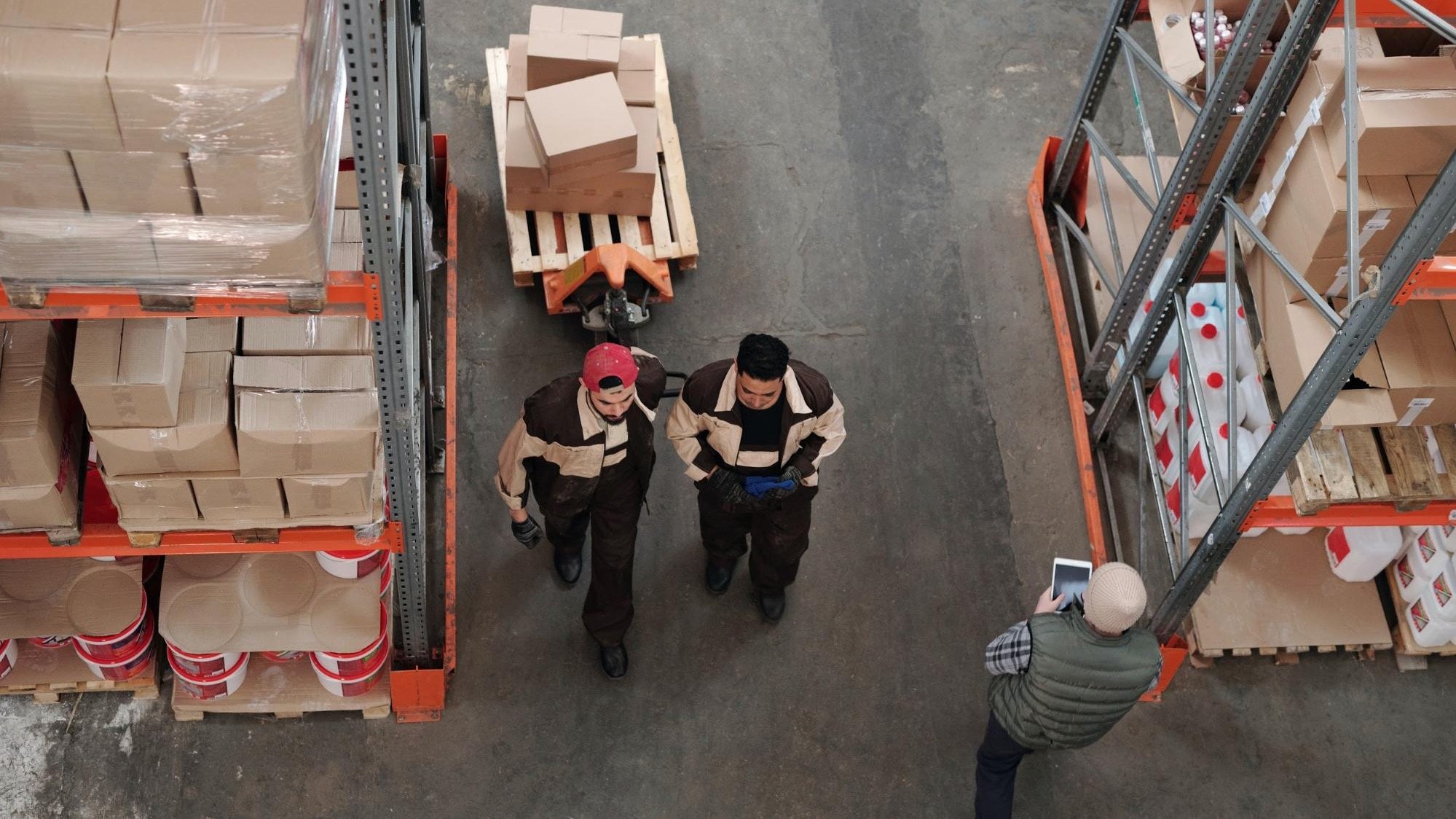
Therefore having a process documented in black and white can help save time, and therefore money.
Consider documentation for:
Assembling boxes
Warehouse layout and storage locations of packaging supplies
Minimum thresholds for reordering packaging
What products get what packaging products
While these things won't directly save you cold hard cash, they'll make it quicker and easier for new staff to get up to speed, and save time for even the most experienced workers.
Most importantly, though, it'll save headaches for you and your team.
6. Value engineering/standardization
Value engineered packaging is packaging that's been created from the ground up specifically with your product(s) in mind.
It's optimized for your product, uses as little material as possible, but also doesn't sacrifice on performance or security.
Brands can also use a single value-engineered packaging option for multiple products. An engineer creates a prototype for numerous products and then amalgamates them into one packaging solution.
This means that you have fewer packaging stock-keeping units (SKU) to manage, and can then leverage economies of scale when buying your new packaging.
Another benefit of value-engineered packaging is that it's unique - not just in terms of the printed design, but the overall visual aesthetic.
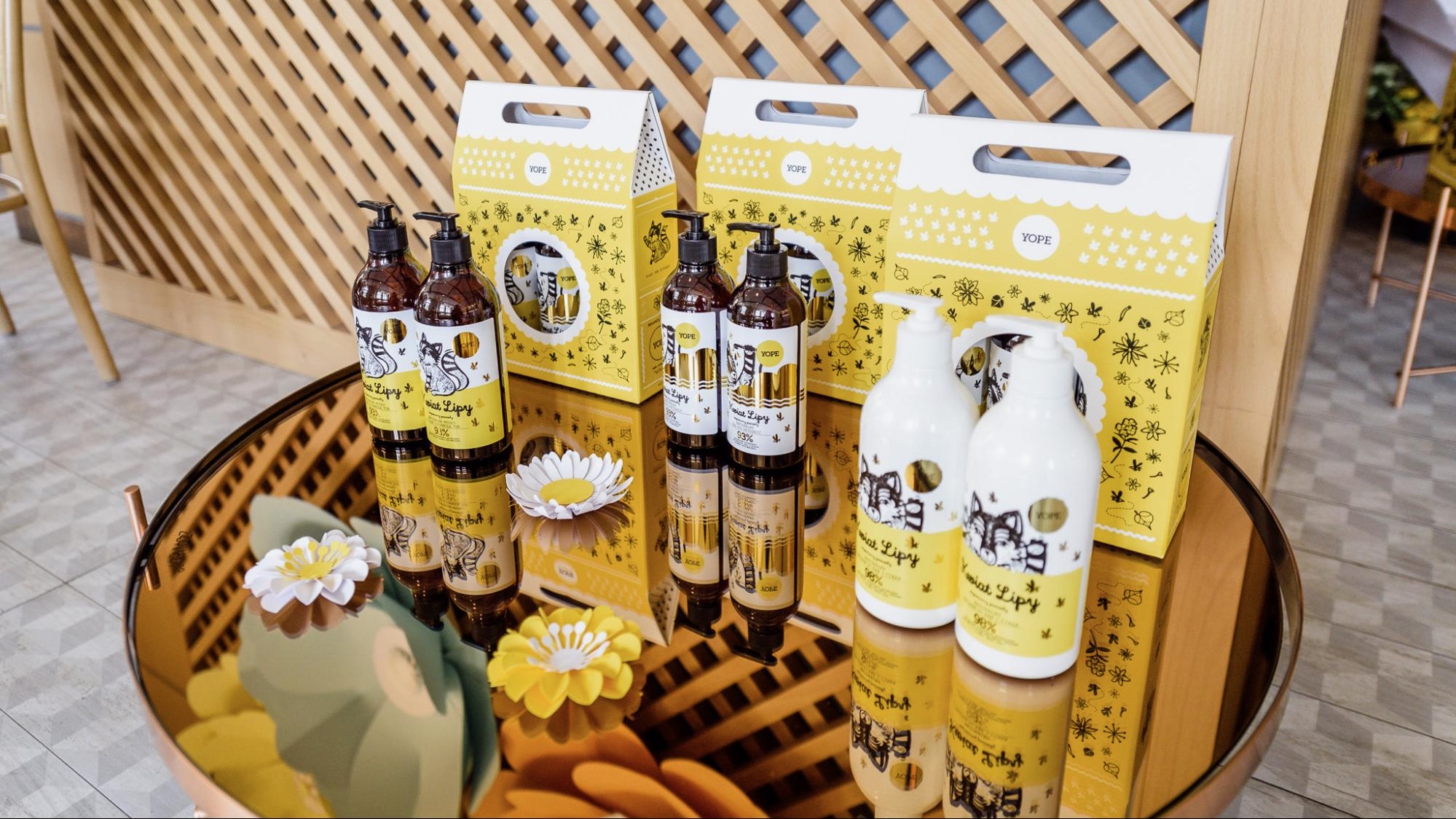
You're able to specify that you want your packaging to have curves to match your actual product, or an overall shape similar to your logo.
Value engineered packaging presents more branding opportunities and the chance to create packaging that adds value to your customer's purchase.
7. Custom inserts
One of the benefits of value-engineered packaging is that you can create one solution for every product you sell, commonly called "packaging rationalization."
But of creating something from the ground up isn't for you, there's still a way that you can reap the benefits of packaging rationalization.
Earlier, you read how void filler such as tissue paper or packing peanuts is a sign of wasted space - and it is. Chances are that wasted space is there because you use an off-the-shelf sized box that 'does the job' for as many of your products as possible. And the empty space is filled in.
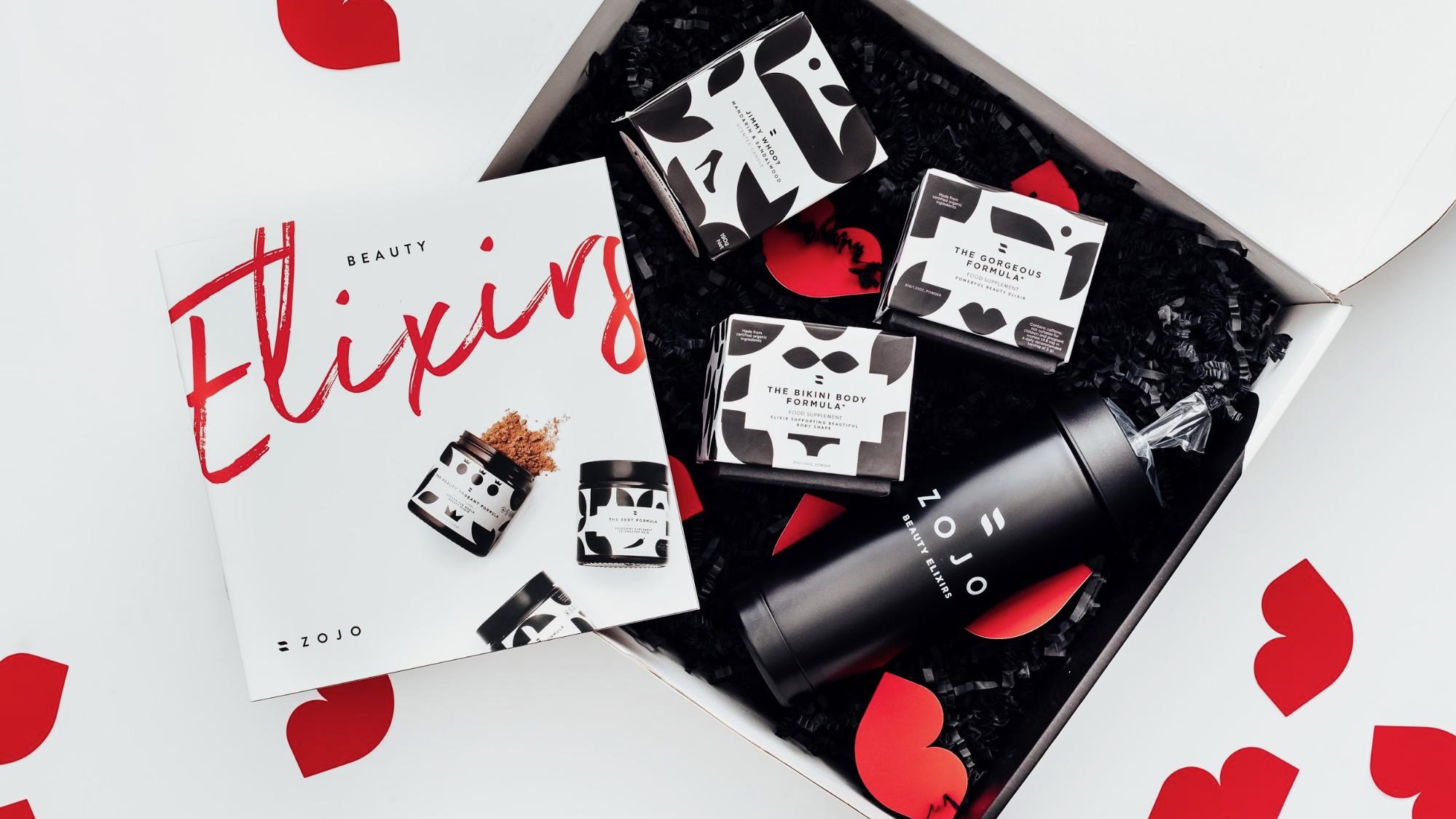
While using a single box is a good idea to keep costs down, wasted space costs you money, and void fill isn't the best at...well, filling the void, or adding security.
Enter the custom insert.
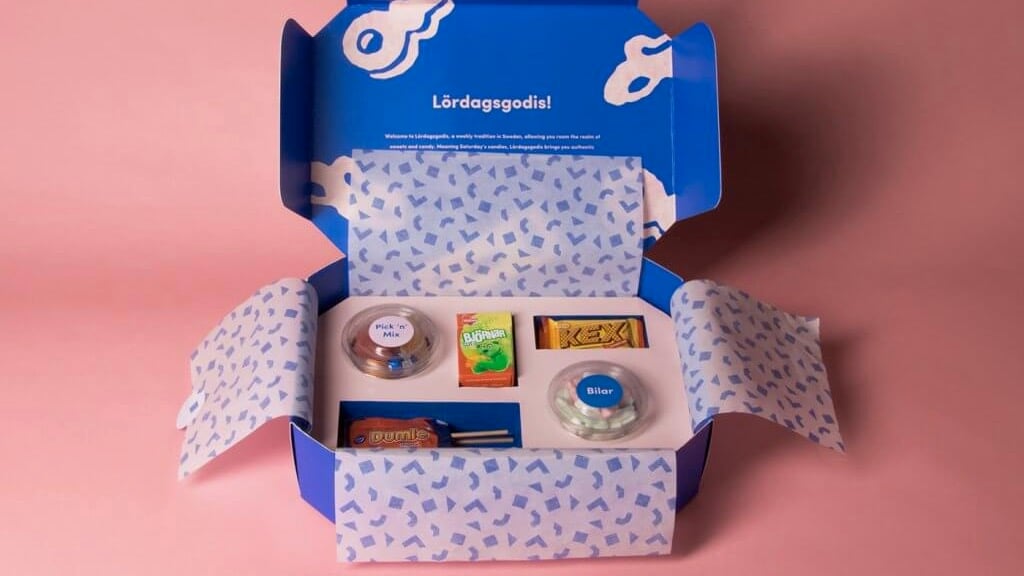
As you can see, a custom insert is a stage that presents your product to the world.
A custom insert means that you can leverage:
A single box size for all SKUs
A unique packaging component for every SKU that you sell
Eliminate any chance of your product moving inside the box
Create a top-shelf unboxing experience, so your brand name is remembered.
Once again, it's an experienced packaging engineer that can create the ideal insert for every product in your range, meaning you can buy boxes in larger quantities (and save money) while buying more realistic levels of inserts.
Final thoughts
You've just seen several ideas to help lower the ongoing costs of your packaging supplies. While every business is different, and some may be more relevant to you than others, what's consistent here is that packaging can be a savings goldmine.
Whether it's redesigning your packaging from the ground up, creating efficient fulfilment processes or switching from one packaging product to another, there's money to be found.
Spend some time assessing your current packaging supplies, and consider thinking outside the box to improve your packaging strategy - no pun intended.
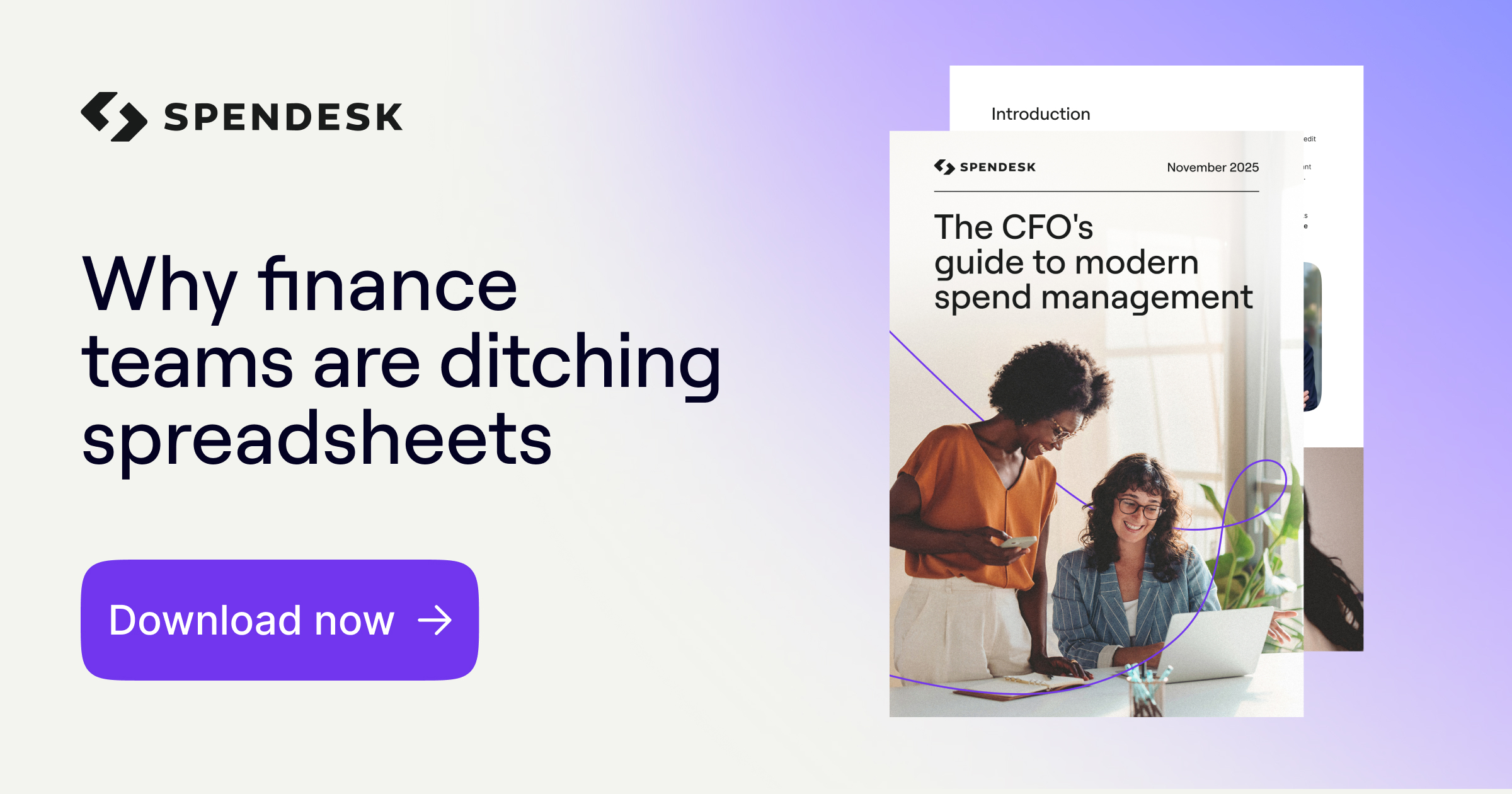
)
)
)